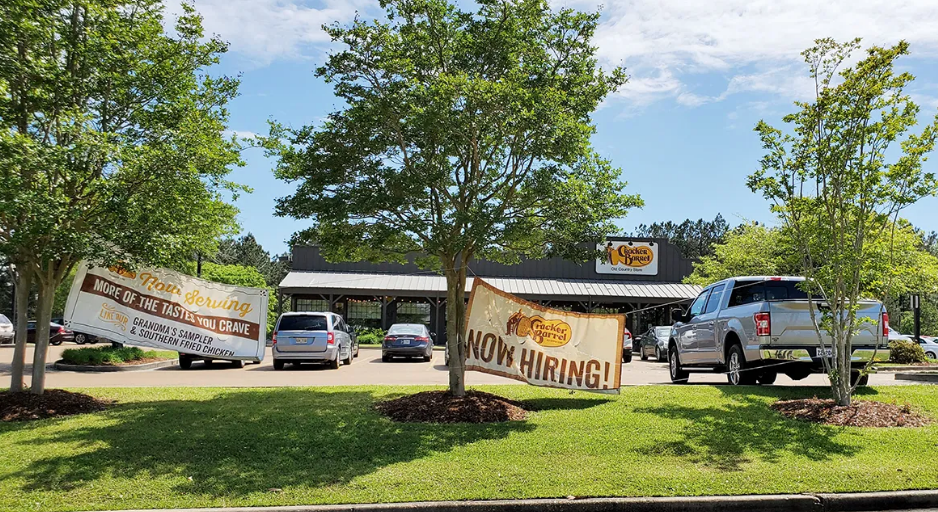Include blueberries in your landscape
Published 8:58 pm Friday, February 9, 2018
This is not the first time I have written about blueberries. My fondness for them began in graduate school; my research project, thesis and course of study involved cold hardiness of Rabbiteye Blueberry. After the academic years, my interest continued. Blueberries are an important commercial crop for Mississippi and make great additions to the home landscape.
Blueberries not only taste good but scientific research indicates that what tastes good is also good for you. They are an excellent source of fiber, vitamins and antioxidants. Recent medical studies have found that blueberries can help prevent and even reverse serious diseases like cancer, diabetes, heart disease and stroke. These health benefits should be enough to encourage you to include blueberries in your landscape but health and taste are not this plant’s only attribute.
Landscape values include fall color, fine-textured foliage, wildlife food and habitat. Uses and placement within the landscape are screens, hedges, barriers or accents. Full sun, well-drained soil and an acid pH are necessary for optimum growth. More than one variety is suggested for maximum pollination and fruit production.
Blueberry plants require 1 to 2 inches of water per week. Newly established plants have the most critical water needs and can be damaged by over watering or under watering. A three-inch layer of mulch is a good idea. Mulch will regulate soil temperature, decrease water evaporation and help control weeds.
Fertilization of blueberries is very important. Blueberries have a low tolerance for fertilizer and young blueberries are often killed by ‘over-doing it’. Ammonium sulfate is the preferred nitrogen source for blueberries. The recommended rate should be applied in a split application, one half in March, one half in June.
Blueberries require very little pruning in comparison to other fruit crops. The objective is to keep the plant properly shaped and to a size that allows for easy harvesting. Pruning consists mainly of removing the lower twiggy growth, dead or damaged shoots, unproductive older canes and weaker growth. In the post-harvest season, remove the top one-third of tall shoots to encourage lateral branching and prevent excessive drooping in the next fruiting season. Prune plants immediately after harvest. This allows for shoot re-growth and flower bud formation before plants become dormant.
Not enough space for blueberries? Support your Mississippi blueberry growers by purchasing fresh berries at U-Pick farms or your local farmers market. Buy enough to put in the freezer. The health benefits will last long after blueberry season has passed.
Rebecca Bates is an MSU Extension-Lincoln County agent, and can be reached at 601-835-3460 or by e-mail at rebecca.bates@msstate.edu.





